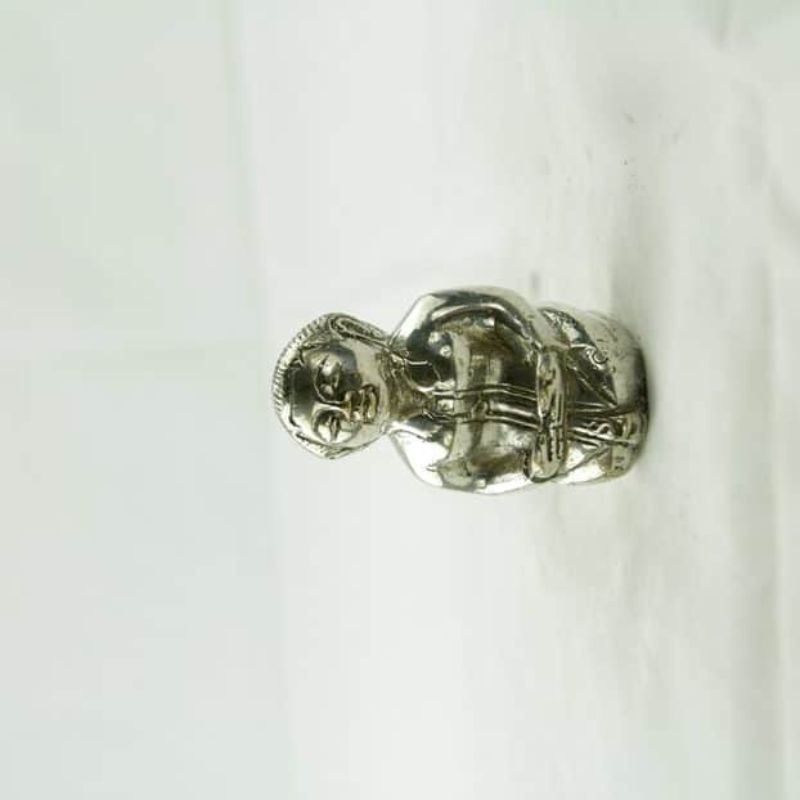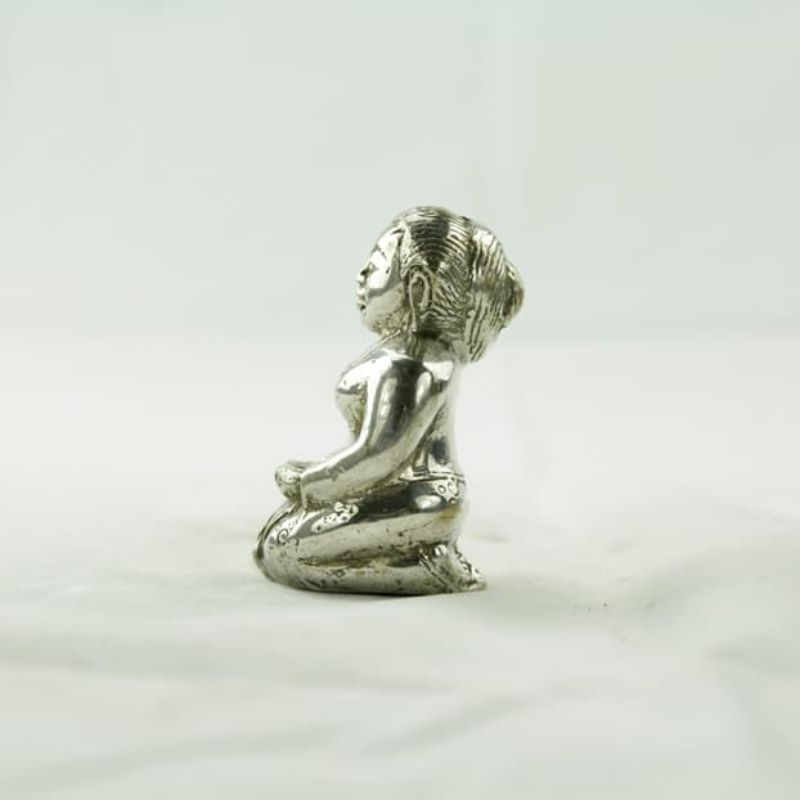Anak Raja Statue
£15.00
Item is sold as an empty vessel. For Decoration Purpose only!
The ancient keraton Anak Raja Statue artifact 2 is a fascinating piece of history that provides a glimpse into the rich cultural heritage of Indonesia. Keraton is a Javanese term that refers to a palace or royal court, and the artifact is believed to be from the ancient Javanese kingdom of Majapahit, which flourished from the 13th to the 16th century.
Item is sold as an empty vessel. For Decoration Purpose only!
The ancient keraton Anak Raja Statue artifact 2 is a fascinating piece of history that provides a glimpse into the rich cultural heritage of Indonesia. Keraton is a Javanese term that refers to a palace or royal court, and the artifact is believed to be from the ancient Javanese kingdom of Majapahit, which flourished from the 13th to the 16th century.
The artifact itself is a small stone statue, measuring approximately 8 inches in height. It depicts a seated figure with four arms, known as Catur Muka, which translates to “four faces”. The statue is intricately carved, with fine details and engravings that showcase the skill of the artisans who created it.
The significance of this artifact lies in its connection to the history and culture of the ancient Javanese kingdom of Majapahit. The kingdom was one of the most powerful empires in Southeast Asia, and its influence extended throughout the region. The artifact is believed to have been created during the height of the Majapahit kingdom, and it serves as a reminder of the cultural and artistic achievements of this period.
The four-faced figure depicted in the statue is believed to be a representation of the Hindu god Brahma. The Majapahit kingdom was a Hindu-Buddhist kingdom, and this statue is a testament to the religious diversity of the region during this period. The statue is believed to have been used for worship and veneration, and it serves as a reminder of the importance of religion and spirituality in the lives of the people of Majapahit.
The artifact has been dated back to the 14th century, which places it squarely in the period of the Majapahit kingdom. During this time, the kingdom was known for its cultural and artistic achievements, and artifacts such as this one were created to serve as symbols of the kingdom’s power and influence. The fact that the artifact has survived for over 700 years is a testament to its durability and the reverence in which it was held.
Today, the artifact is considered a valuable piece of Indonesian history and is housed in a museum in Indonesia. It serves as a reminder of the enduring legacy of the Majapahit kingdom and the cultural and artistic achievements of the Javanese people. It is also a testament to the skill and craftsmanship of the artisans who created it, and the importance of preserving our cultural heritage.
For Indonesians, the artifact holds a special significance as a representation of their rich cultural heritage. It serves as a reminder of the importance of religion and spirituality in their history, and the role these practices play in shaping their identity. Indonesians around the world continue to venerate relics such as this one, as they provide a tangible connection to their cultural and artistic past.
For historians and scholars, the artifact offers a valuable insight into the history and culture of the Majapahit kingdom. It serves as a primary source for studying the religious and artistic achievements of the kingdom, and the role it played in shaping the history of Southeast Asia. The artifact also provides a valuable window into the cultural and artistic exchanges that occurred between the Javanese people and other cultures during this period.
In conclusion, the ancient keraton artifact 2 is a valuable piece of Indonesian history that provides a glimpse into the rich cultural heritage of the Javanese people. Its intricate craftsmanship and enduring legacy serve as a testament to the importance of preserving our cultural heritage and the enduring impact of the Majapahit kingdom on the region. It is a symbol of the religious and artistic achievements of the Javanese people and a reminder of the importance of religion and spirituality in shaping our cultural identity.
| Weight | 1 kg |
|---|
Related Products
-
A Malikul Incense (Small Bottle)
£46.30 -
Absolute Jasmine Oil—SOLD OUT
£73.40 -
Alyaman Incense (Large Bottle)
£58.40 -
Alyaman Incense (Small Bottle)
£46.30









